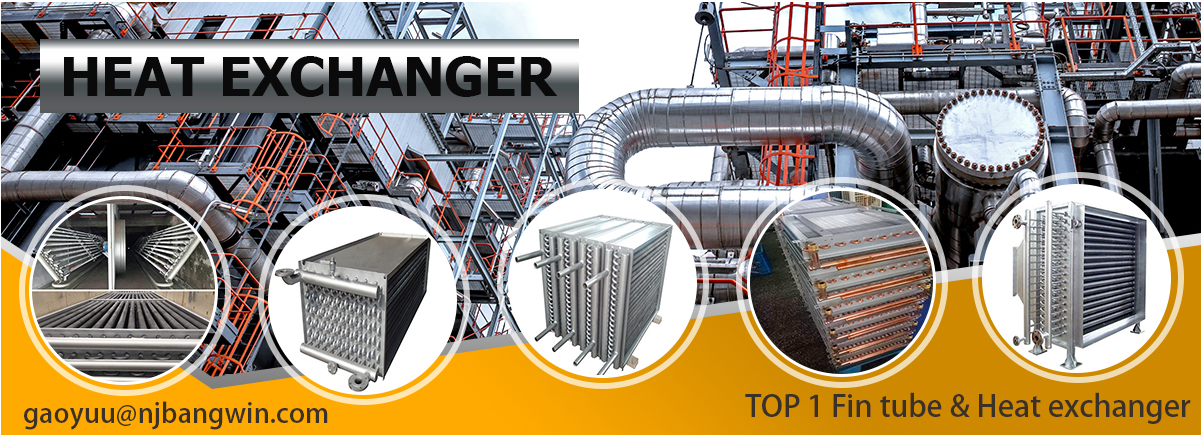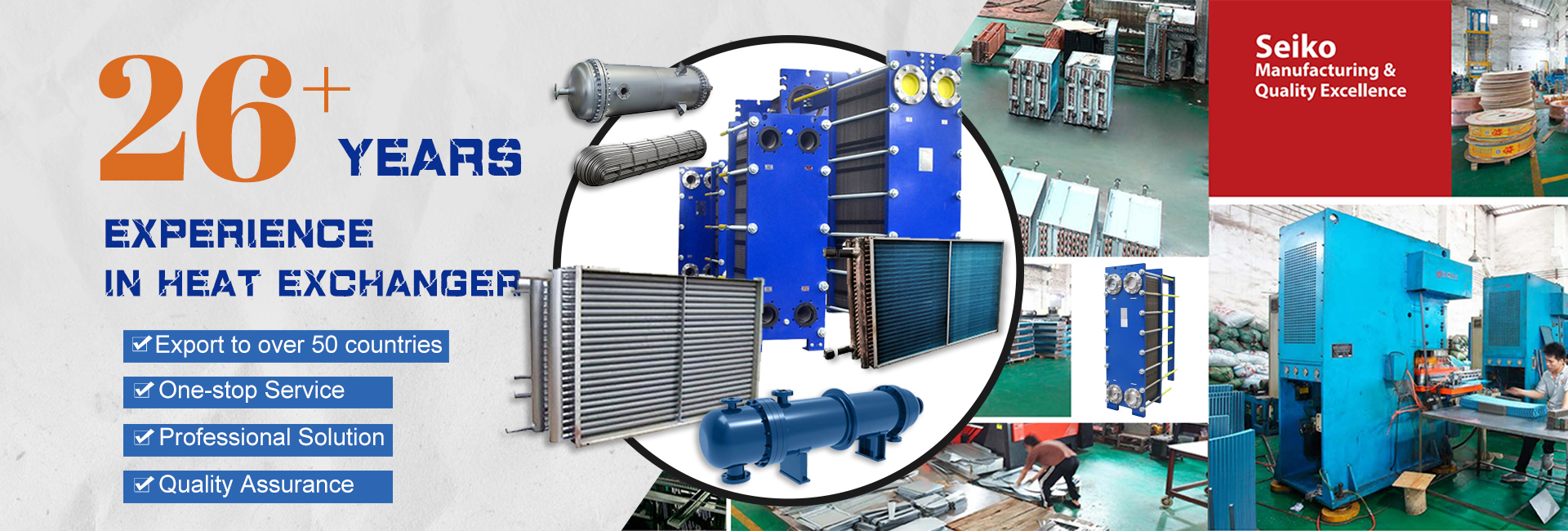
Table of Contents
- Introduction
- What Is a Fin Tube Heat Exchanger?
- Product Description
- Key Features
- Technical Details
- Advantages
- Applications
- FAQs
1. Introduction
Fin tube heat exchanger is a piece of equipment that helps to increase heat transfer between fluids or gases by employing metal fins to enhance the surface area.
The device allows for compact, high thermal efficiency performance.
2. What Is a Fin Tube Heat Exchanger?
Fin tube heat exchanger features tubes with external fins welded onto them. The fins increase the available surface area to dissipate or absorb heat more efficiently and thus make an excellent option for air-cooled or gas-to-liquid heat exchanger units.
3. Product Description
- Tube materials: carbon steel, stainless steel, copper
- Fin types: L-type, G-type, Extruded, and Welded
- Fin materials: aluminum, copper, stainless steel
- Tube configuration: horizontal or vertical
4. Key Features
- High thermal efficiency
- Corrosion- and oxidation-resistance
- Compact space-saving design
- Customized fin height, thickness, and pitch options
5. Technical Details
- Fin height: 5–15 mm
- Fin thickness: 0.3–1.0 mm
- Tube OD: 19–63 mm
- Operating temperature: up to 450 °C (842 °F)
6. Advantages
- Superior heat transfer performance
- Long service life and low maintenance
- Cost-effective for large-scale industrial applications
- Easy to install and clean
7. Applications
- HVAC and refrigeration units
- Power generation boilers
- Petrochemical industries
- Waste-heat recovery units
8. FAQs
Q1: Are fin tube heat exchangers suitable for high-pressure applications?
A: Yes, when properly built using the right materials and design standards.
Q2: Can the fins be easily cleaned?
A: Yes, the fins are accessible and with routine cleaning and maintenance, the unit’s performance is consistent.
